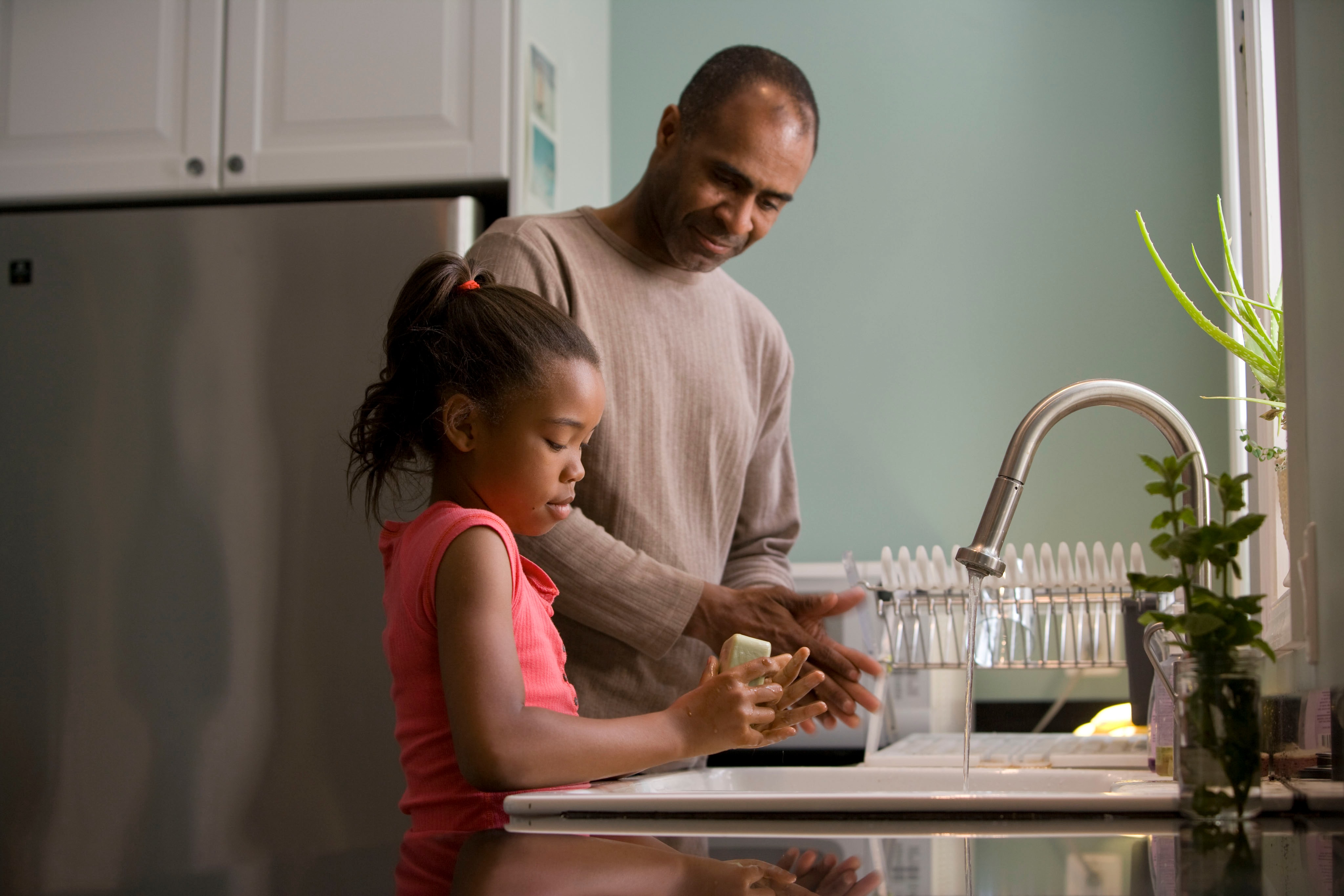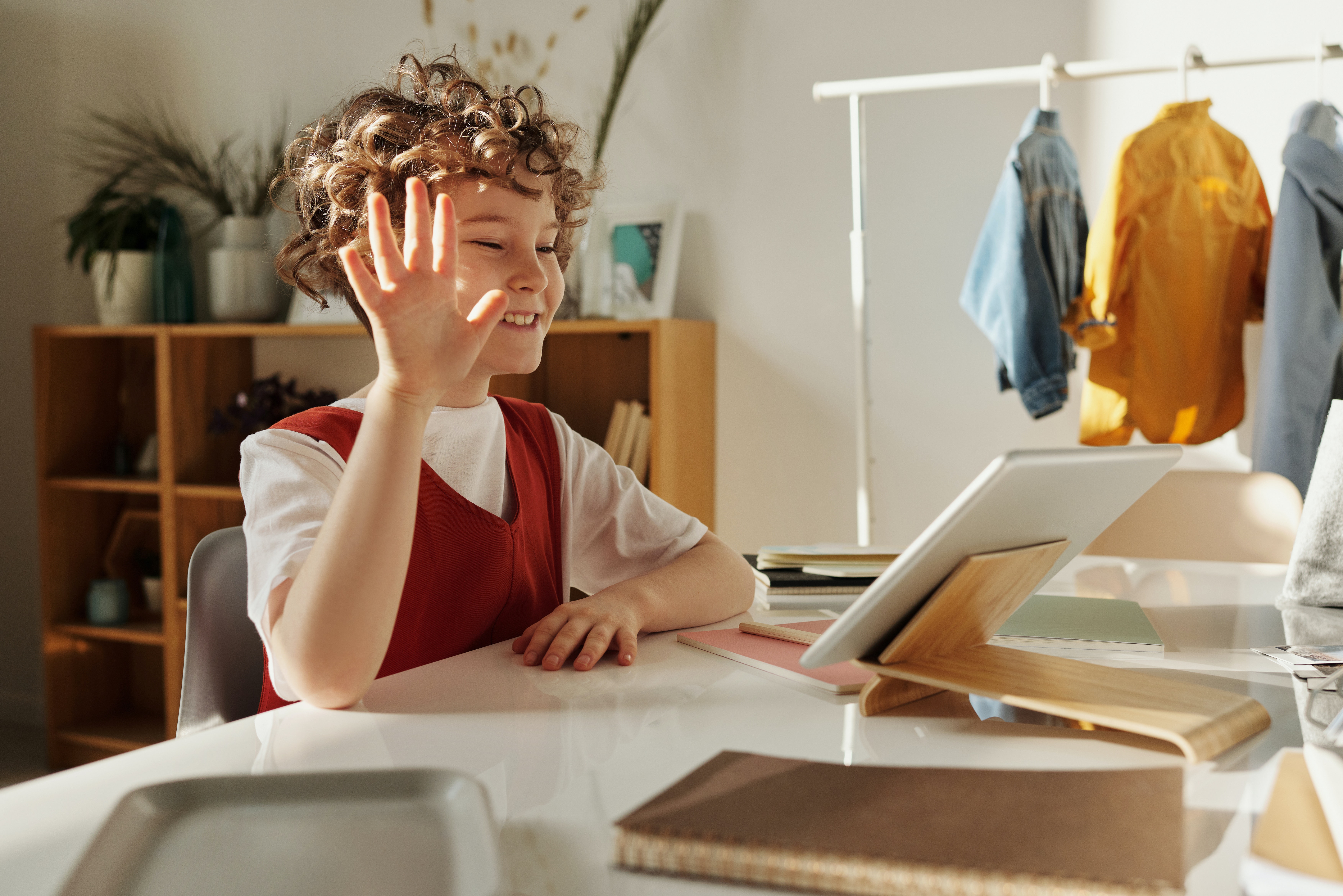Back in March, I wrote an article that discussed how to support the mental health of you children and teens during the COVID-19 pandemic. I shared how my 6-year-old daughter was grief-stricken when she felt that all of her friends had died. She hadn’t seen them for over a month, and had overheard a snippet of the wall-to-wall coronavirus coverage on TV. She then assumed that all of them had succumbed to the virus. However, they were all safe and healthy. This is how children process a crisis. They take information they hear or see and bring it into their reality.

Since then, we have held a funeral for her imaginary friend “Bongo” who died from COVID-19, watched several family members and friends struggle with the debilitating virus to almost lose their life, yet survive. My partner and I upped our communication game in order to accommodate our work-from-home schedules along with the children’s’ e-learning. Like many families, we survived.
Summer came, and we were grateful for a break. The girls have enjoyed their newfound freedom through bike rides, social distance picnics, outdoor movies, and quality time with mommy and daddy.
Now school is upon us. We still do not know what our school year will look like. A return to e-learning? Full day classes with social distance precautions and mask wearing? Or a hybrid of both. No matter what our school decides, we are both optimistic and fearful, and our children are looking to us for guidance on how to respond to their “new normal”.
Step one, remain calm.

As a therapist, I often get asked, “how do you stay so calm?”
To which I respond, “I make a plan, and then I practice it.”
Here’s how to best prepare your children, as well as yourself, for returning back to school through a little planning and practice:
- Get cute masks and practice wearing them. Have the kids pick out their own masks. When children are a part of the decision process, they feel more empowered and excited to wear the masks when they arrive. Make sure to order them early, as many suppliers are experiencing shipping delays. You can also make your own, or ask a crafty friend to make some. Have the children wear them around the house, while they go out to play, as well as while they are out and about. The more they wear them, the more they will become used to having them on their little faces. Make sure to have multiple on hand, and a few back up disposables in their backpack just in case.

- Ease back into a routine. If your child’s sleep schedule will be changing prior to a return to school, start adjusting now by little increments of time each week. By the time school starts, they will be back on track. Having them start their day with a little workbook or e-learning type of program can also jumpstart their brain’s ability to focus on school work once it starts to ramp up again.

- Talk with your child about safety precautions to follow at school (according to the CDC), as well as when they return home each day:
- Wash their hands often
- Avoid touching your face
- Wear face masks
- Use hand sanitizer
- Monitor for any COVID-19 related symptoms
- Avoid sharing toys, water bottles, snacks, and school supplies with other children
- Let your children know what will happen if they catch the coronavirus and how you will keep them and other family members safe.
- Wash your hands when you return home from school each day.
- Empty lunches and backpacks in a designated spot, and then sanitize surfaces.

- Plan for possible school closures. Having a plan in place before a huge shift in schedule occurs can help to prevent undue stress. Decide who will step in as caregiver(s) for your children. You may also need to consider flexible work arrangements with your employer, as well as the technology needed to continue learning. If your child has an Individualized Education Plan (IEP) or 504 Plan, check in with your school to arrange additional accommodations.

- Be mindful of behavioral health and emotional support. Talk with your child about how school will look different this year, such as wearing masks, keeping physical distance, smaller class sizes, or half days. Anticipate behavioral changes as you get closer to school starting. Many young children have a difficult time putting their emotions into words, which in turn expresses itself through behaviors. You child may become fearful or experience separation anxiety, have difficulty concentrating, exhibit psychosomatic symptoms such as tummy aches, headaches and fatigue. If these behaviors persist, it is best to seek out professional mental health support.

- Create a child-friendly work zone. If your child will be e-learning, set up a small desk with art supplies, pencils, charging cords for tablets, and lots of paper. Have them arrange their learning area with pictures, a calendar, fidget toys such as putty, comfy textiles, and perhaps even a weighted blanket or bouncy ball for a chair. Whatever makes them feel safe and focused.

- Check in with yourself. We often read about the many ways to help our kids, yet rarely do we as parents take the time to help ourselves. If you are running on empty, you will have very little to give your child in the form of support. Find ways to fill up your own tank. Whether that is taking a walk outside in nature, calling a dear friend or family member, getting quality sleep, nourishing your body with foods that support you, or drinking enough water, take the time you need to support your overall well-being. Be kind to yourself, so you can be kind to your children.
Step two, remember that we are all in this together.
Our children are looking to us for guidance and support. Having a plan and practicing for any contingencies will help alleviate any undue stress, and set you up for a successful return to school.
We’ve got this!

